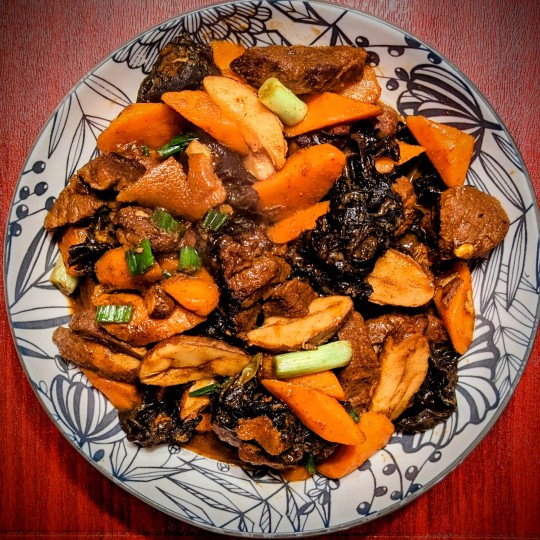#creative food
Text
Cute bento 😋

6 notes
·
View notes
Photo




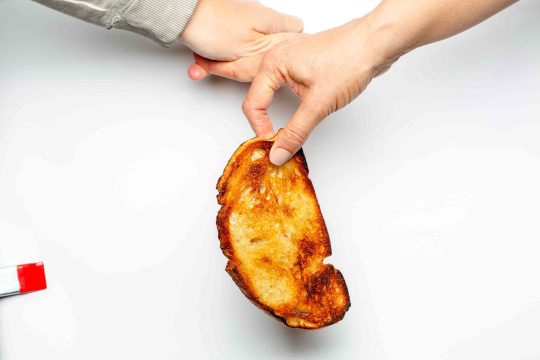
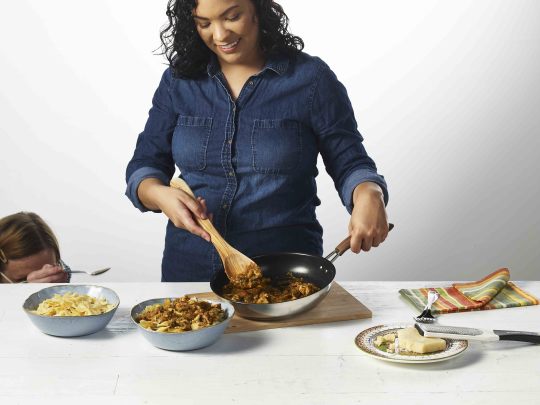
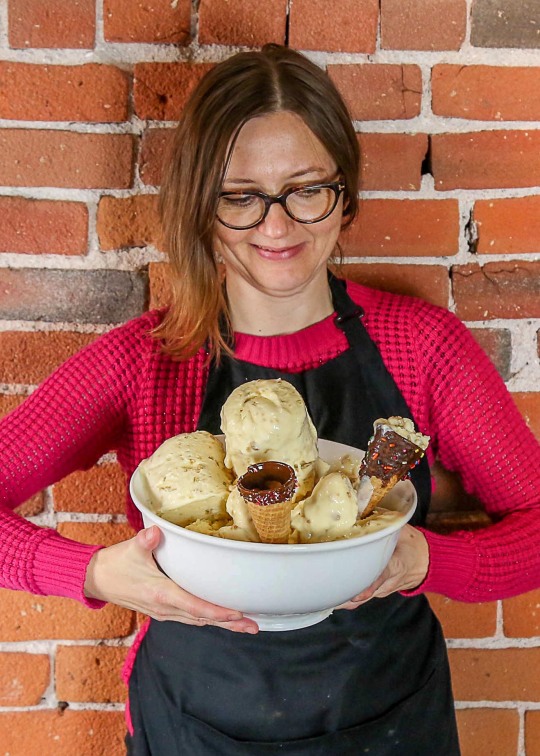



(via About) Have a Project in need of a Food Stylist, Food Photographer, or Video Producer? GET in TOUCH 📞
0 notes
Text
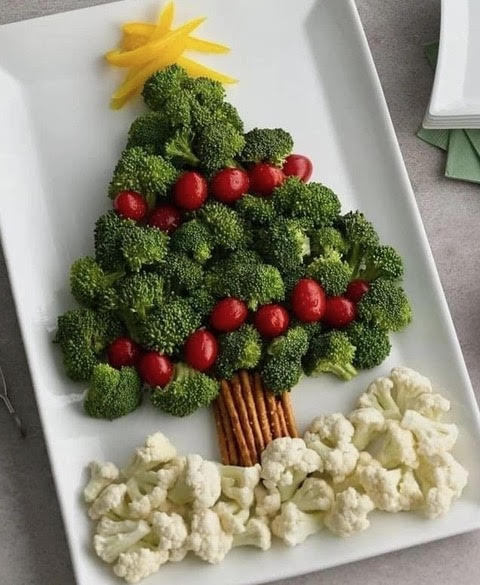
Inspiration for your New Year's Eve crudités platter! Or bookmark for next year.
0 notes
Video
youtube
年夜饭给家人做一道发财树,寓意吉祥,新年发大财,财源滚滚来Poached Broccoli
#youtube#美食推薦#家常菜#美食制作#年夜饭菜谱#西兰花#创意美食#水煮菜#中餐#依依家常味#Chinese food#home cooking#gourmet cooking#Yiyi homemade taste#broccoli#creative food
0 notes
Text
"the creator said in a reddit thread -" "the official twitter account posted that -" "the actors confirmed in a livestream that -"
i don't care and that's not real to me. put it in the text.
#for fun stuff like 'this character's favorite food is meatballs' im like cool but for worldbuilding and stuff? nah#i do understand some nuance with writers or w/e who were held back by corporate teams on confirming a character is gay or something#and wanting to talk about their hopes and intentions#but this is rly about the opposite with creative teams wanting the points for diversity or plot choices#or world building without putting it in the actual story#esp if its bc they just didn't want to piss off bigots or can't write well#sw giving backstory on the sith fleet situation in a TWEET will always be infamous to me#not st#doctor's log
1K notes
·
View notes
Text
Describing Foods - A Masterlist
As a broke university student, I love reading about food. It’s almost like eating a real meal myself <3.
I get a little angry when characters are eating a meal and I barely get to experience it with them. In that, I mean I don’t just want to know what it is, but what it’s like to eat that food—how it tastes, smells, sounds, and feels. Is a perfect croissant still a perfect croissant without the crack of the exterior, the airiness of the pastry inside, the smell of yeast?
Probably not. When writing about a dish, the smell, texture, technique, taste, and how it looks are all important to painting the experience, so here’s some words to use when describing a meal:
Taste:
Acidic: Sharp tasting. Often used to describe tart or sour foods as well.
Aftertaste: A different taste that remains in the mouth after eating something
Bitter: Tart, sharp, and sometimes harsh flavour.
Bittersweet: Less harsh than bitterness. Tartness + sweetness.
Bland: Has no significant flavor or texture
Briny: Just means salty. Often describes pickled foods.
Citrusy: Bright flavour like… well citrus fruits—oranges, lemons, limes, etc.
Cooling: Mimics that cooling feel—like mint.
Earthy: Reminiscent of soil. Can be used to describe wines, root vegetables, and mushrooms.
Fiery: Another word for spicy.
Fresh: Light and crisp—describes produce or herbs.
Fruity: Sweet and reminiscent of fruit.
Full-bodied: Rich and ‘feels heavy’ in your mouth. Can describe wines or soups.
Herbal: Bright, fresh, sometimes earthy from the presence of herbs
Honeyed: Sweet or candied taste like honey.
Nutty: Taste similar to the flavors of nuts. Often used to describe certain cheeses.
Rich: Full, heavy flavour. Often dishes that contain cream taste rich.
Robust: Rich + Earthy. Used for lots of wines or aged liquor.
Savory: Describes meaty, earthy dishes and soups.
Sharp: Harsh, bitter, or tart taste. Used to describe acidic foods.
Smoky: Reminiscent of the smell of smoke.
Sour: Biting, tangy, tart flavor.
Spicy: Burning taste.
Sweet: Sugary.
Tangy: Tart, biting taste—feels tingly
Tart: Sharp, bitter, or sour flavour. Used to describe acidic foods.
Woody: Earthy, sometimes nutty taste. Describes some coffees or cheeses.
Yeasty: Earthy taste reminiscent of yeast. Describes beer and bread.
Zesty: Fresh, vivid, or invigorating flavour.
Sound/Texture:
Sound has a lot to do with texture, so I've combined them for this section!
Airy: Light, pillowy texture (think inside of croissant)
Brittle: Hard but easy to break
Bubbly: Usually during heating, when bubbles rise to the surface—low sound.
Buttery: Smooth, creamy texture (think certain pasta sauces)
Chewy: Food that needs to be chewed thoroughly. Can be light and bouncy (chewy bread) or heavy (steak) and sticky (candy)
Creamy: A smooth and rich texture, comes from dairy.
Crispy: Light texture with slight crunch.
Crumbly: Food with loose structure that falls apart into crumbs.
Crunchy: Firm, crisp texture with a sharp, loud noise.
Crusty (behave): Food with a hard outer layer and soft interior (many loaves and breads)
Delicate: Light and fine, feels like it can come apart easily.
Doughy: Soft and heavy, usually pale colouring.
Fizzy: Usually liquids—a hissing sound, feels like ‘static’
Flaky: Light, characterized by layers that come apart during eating.
Fluffy: light and airy.
Frothy/Foamy: Airy bubbles, usually in a drink like a latte.
Gamey: Usually refers to meats when they’re very “meaty”
Gooey: Viscous, sometimes sticky texture from moisture in a dense/solid food.
Hearty: Firm, robust texture.
Juicy: Tender and succulent texture from liquid in a solid food (steak)
Molten: Hot, gooey
Oily: Slick, heavy, lingers on the tongue.
Silky: Fine, smooth texture that feels sleek.
Smooth: Texture free of grit, lumps, or edges.
Snap: A quick, sharp, crackling sound when broken.
Squelch: A soft sucking sound when pressure is applied. Somewhat gross.
Sticky: Gluiness in the mouth.
Succulent: Tender and juicy
Tender: Soft and easy to break down
Velvety: Smooth and rich
Smell:
Acrid: Strong, bitter, unpleasant
Comforting: pleasant, probably calls back to a nice memory
Damp: Wet smelling—probably a bit earthy
Delicate: subtle, faint, not overpowering
Earthy: reminiscent of soil
Fetid: Caused by decay—unpleasant
Fishy: reminiscent of fish
Floral/flowery: Reminiscent of flowers
Fragrant: Sweet or pleasing
Fresh: Cool, crisp, refreshing—produce, probably not cooked
Funky: Something’s gone off
Heady: Strong smell, pungent, rich
Musty: Not fresh
Perfumed: Pleasant, reminiscent of something (can be perfumed with citrus, say)
Piquant: stinging, pungent—tickles the nose
Powerful: strong
Rancid: Definitely gone off, decomposing
Ripe: Strong, usually unpleasant smell
Savory: spicy, salty, no elements of sweetness
Sour: has gone off
Spicy: Sharp, tingles the nose
Tangy: Strong and bitter but in a good way
Tart: Sharp
Woody: earthy smell, reminiscent of wood
Sight:
Usually texture gives us a really good picture of what a food looks like, so here’s some non-texture sight additions:
Blistered: Bumpy exterior.
Caramelized: Usually golden brown
Cloudy: Splotched. Almost see through if not for a slight white or grey mist.
Colourful: Bright and vibrant
Glassy: Resembling glass
Glossy: Smooth, shiny
Marbled: Two colours intertwined
Opaque: Not transparent. Can’t see through.
Ripe: Colourful (can be to a fault). Nearing the end of its edible state.
Scaly: Covered in scales, fish.
Shiny: Appears wet or glossy
Sparkling: Glimmers under the light
Stuffed: An ingredient placed inside a larger part with no additional space.
Translucent: Allows light through
Vibrant: Striking, bright
Food Prep:
How the food is prepared gives it these other attributes. If your character is familiar with cooking (or is the cook themselves!) they may describe food this way.
Baked: Cooked in an oven. Results in browned or crispy outer layer.
Blackened: When food is dipped in butter and coated with spices then cooked in a hot pan—spices darken, making it appear ‘blackened’
Blanched: Food scalded in boiling water and moved to cold water so it stops cooking. Texture comes out soft.
Braised: Food that is briefly fried in fat and then stewed in a pot. Results in seared, crispy exterior with a tender interior.
Breaded: Coated with breadcrumbs/batter then baked or fried so it turns crispy
Broiled: Food cooked with intense radiant heat in an oven or on the grill. Results in a darkened appearance and crispy texture.
Caramelized: Food slow-cooked until it’s browned, nutty, and has a bit of sweetness.
Charred: Grilled, roasted, or broiled and gains a blackened exterior and smoky flavor.
Fermented: Food that’s sat with bacteria, yeast, or another microorganism and has produced acids, alcohols, or gases. Results in a biting, pungent flavor. (Kimchi is fermented)
Fried: Food cooked by submerging in hot oil. Creates crispy, crunchy texture and golden colour.
Glazed: Food with a coating brushed onto its surface. Appears glossy with a thin, flavorful, and crisp outer layer.
Infused: Food steeped in liquid with another ingredient so it carries the essence of that ingredient. Used with herbs usually.
Marinated: Usually meat soaked in liquid containing flavourful herbs, spices, vinegar, or oil.
Poached: Food cooked in near boiling water. Results in tender, moist texture.
Roasted: Food cooked with dry heat in an oven or over the fire. Results in browned exterior and crisp coating.
Sautéed: Food cooked quickly in small amount of fat.
Seared: Food cooked in small amount of fat until caramelized. Finished by roasting or grilling. Results in crisp exterior and tender interior.
Smoked: Food exposed to smoke from smoldering wood for a long time. Results in that distinctive smoky flavor.
Whipped: Food beaten to incorporate air. Light and fluffy.
What did I miss?
#writing#creative writing#writers#screenwriting#writing community#writing inspiration#filmmaking#books#film#writing advice#writing about food#food descriptions#descriptive writing#masterlist#Describing foods - a masterlist
2K notes
·
View notes
Text
credit to laurensulli on Tiktok
#tiktok#art#interesting#food#creative#creativity#diy#cottagecore#naturecore#funny#lol#haha#humor#memes#jokes
2K notes
·
View notes
Text
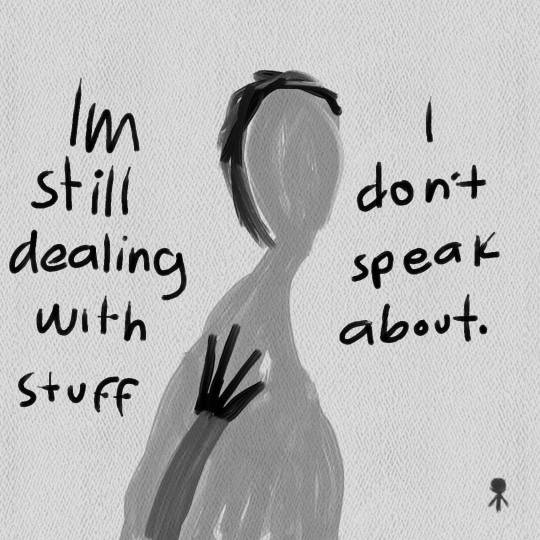
How to Un-Fuck Your Brain?..
#art#culture#travel#photography#design#movies#food#home lifestyle#student#fashion#nature#celebrities#spilled thoughts#i love you#quotes#photographers on tumblr#aesthetic#creativity
3K notes
·
View notes
Text
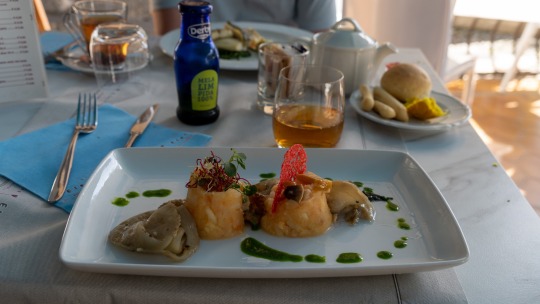
Today I share food for the first time this trip. I think that there is a beautiful irony that while we visited an island named Isola Bella (read Beautiful Island) today, my chosen photo was of this vegetarian lunch which is truly not what it seems. The aubergine was disguised as fish alongside the beautiful potato rolls and tasty wild mushrooms!
0 notes
Text
Describing Food in Writing
I love food. And drinks.
When I think of the HP series, I recall the feasts. Treacle tarts and
puddings. Butterbeer. Food trolley on the train and chocolate frogs in
the Gryffindor common room.
Foods helps readers engage with the story, so it's good to know how
to describe them.
Just one Adjective
There's really no need to go overboard with how a particular
food tastes. If it's something that your readers are already familiar with, just add in a small detail.
Are the breakfast eggs yellow or white, clumpy or fluffy? Salty or
bland? Grainy or silky?
Just one adjective/detail is enough.
Think of the Character
Take note of each character's palate while you describe. Especially if you're writing in 1st person POV.
Someone in your cast may be a culinary artist and another content
with spray cheese.
Food descriptions can reveal a lot about character's personality and lifestyle.
Watch Food Shows
Master Chef. The Great British Baking Show. Aesthetic character
baking channel on YouTube.
Food shows usually have a section where they assess/review the food made, which might be helpful.
Recently, I've noticed that 1-minute food reviewers on YT Shorts are pretty good at graphic yet succinct taste descriptions!
Ratatouille
I'm not kidding!
If you ever want to get into the mind of someone who is passionate about food, or need inspiration yourself - check this movie out.
Just watching Remy's passion and the magic of the culinary arts will boost your writer soul with inspiration (or something like it,
anyway).
Experience Restaurants
The best research of all is probably experience, so the next time you eat a meal, challenge your palate.
Think about how it looks, tastes, and feels in you mouth.
If possible, try dishes your characters would eat and discern what they would detect. What elements of the disk would your character like?
Some Food Adjectives
Tangy
Creamy
Crispy
Tender
Juicy
Exquisite
Luscious
Gourmet
Wholesome
Delectable
Risk
Zesty
Succulent
Crunchy
Greasy
Gooey
Tart
Smoky
Savory
Marinated
Meaty
Moist
Battered
Dainty
Homestyle
Fudgy
If you like my blog, buy me a coffee☕ and find me on instagram! 📸
#writers and poets#writing#creative writing#poets and writers#writers on tumblr#creative writers#let's write#resources for writers#helping writers#writeblr#how to write#writerscommunity#writers#author#ao3 writer#writer community#female writers#writer#writer on tumblr#writer things#writer problems#writer stuff#writing inspiration#writing prompt#writing advice#writing community#on writing#writing tips#food#description
625 notes
·
View notes
Text
Naruto onigiri 🤩😋

6 notes
·
View notes
Text

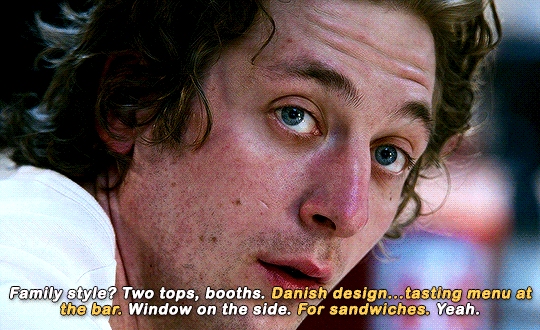

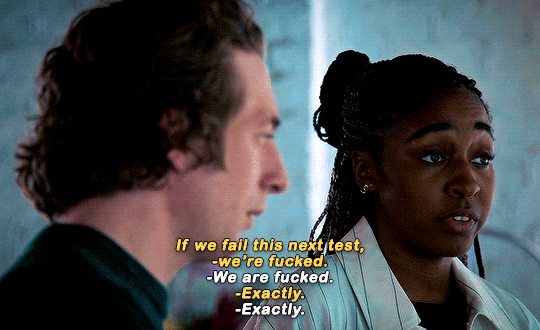


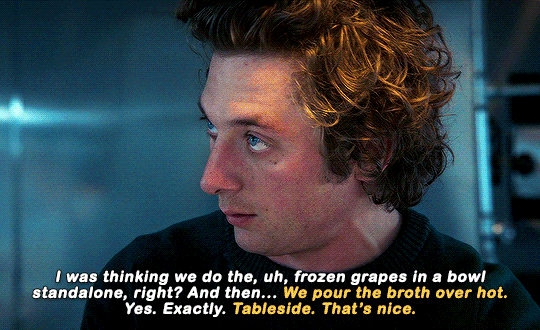
Carmy and Sydney sharing the same brain
#the bear#thebearedit#sydcarmyedit#dailysydcarmy#sydcarmy#sydney x carmy#userrlaura#usersophie#userlolo#televisiongifs#mine and only mine#something something something 'it's like our brain is the same brain' nace quote#most of these are food related and i love that#something about two creatives who view their passion in the same ways#they just complete each other idk#***#thousand
2K notes
·
View notes
Text
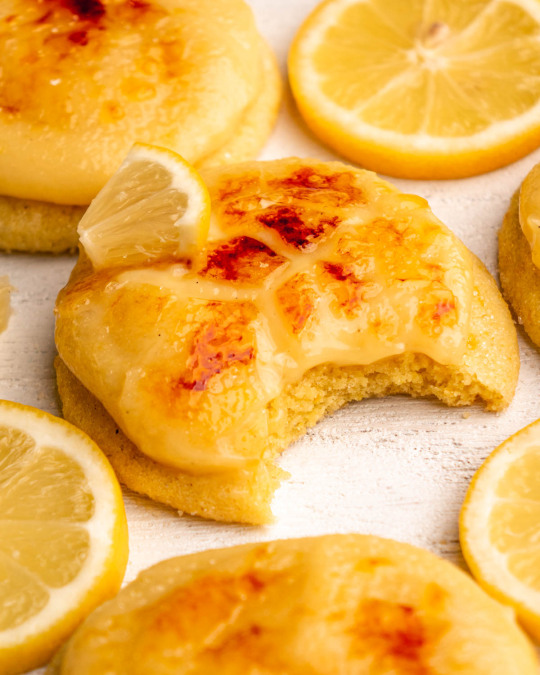
Lemon Crème Brûlée Cookies
#lemon#creme brulee#cookies#citrus#zest#food#dessert#baking#creative#recipe#pastry cream#inbloombakery
658 notes
·
View notes
Text
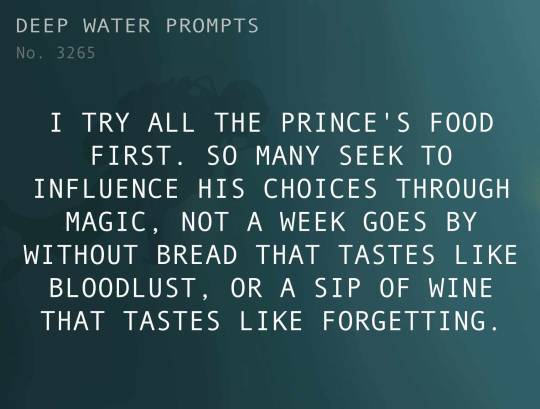
Text: I try all the Prince’s food first. So many seek to influence his choices through magic, not a week goes by without bread that tastes like bloodlust, or a sip of wine that tastes like forgetting.
296 notes
·
View notes
Text
words are magic.
they're spells, incantations that can make people laugh or cry. they can manipulate thoughts. forge belief. at their most powerful, words can change the future and reshape the past, but despite all this, we pretend that magic isn't real. that it's make-belief.
but it is real. it's all around us, a never-ending influence on our emotions. when we read the wrong words, we feel alone and hopeless, we feel angry and scared. but when we read the right ones, we elevate ourselves. we grow.
this is the truth: we are all sorcerors of this reality, and every day, we're given a choice of which spells we cast. we can encourage, or we can devastate. we can choose love, or we can choose fear.
our choices matter. they matter because we are more powerful than we realize. they matter because our words shape our world, and they shape the worlds of those around us, too.
they matter because words are magic.
and so are we.
#writeblr#writers#creative writing#original writing#writeblr community#writing#jgmartin#writers of tumblr#text post#inspiration#instagram#philosophy#musings#spilled poetry#spilled ink#food for thought#words are magic#words#what if
252 notes
·
View notes






